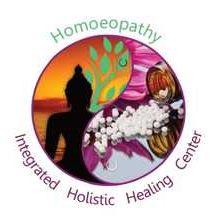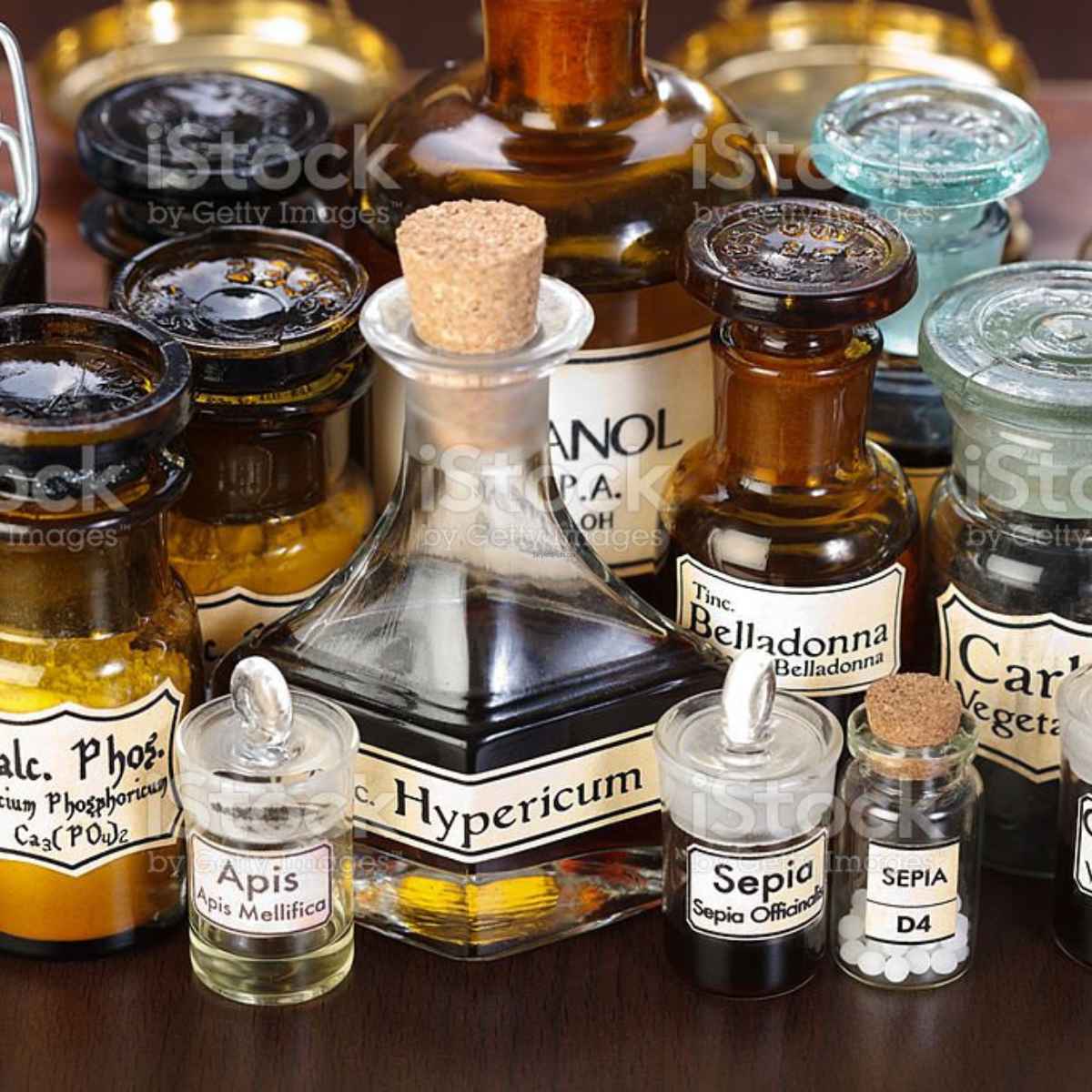I am Swati Mishra, a Homeopath since two decades. I often find people grappling with these myths about Homeopathy. Here is my effort to elaborate on some of them. Feel free to leave comments in case you have any additional queries.
It time to celebrate the uniqueness of individual systems of medicines. It is beneficial to understand what each system of medicine offers to make the most out of it.
Pitting systems of medicine against each other only depletes the resources that are readily available. No system of medicine can claim to cure all diseases.
Being in practice for more than two decades now, my experience enables me to debunk myths about Homoeopathy, in order to create a better understanding and give a glimpse into how it works.
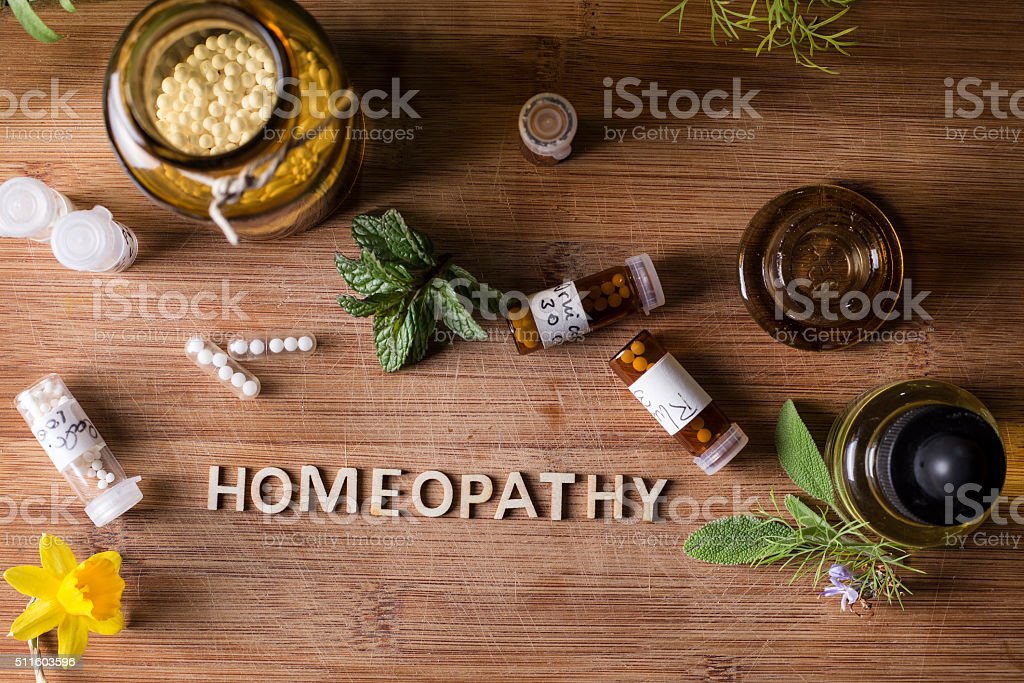
1. It is Slow
I have so often come across this myth, hence it pops up as the first bubble to be burst. I had quite a few opportunities to successfully prove the rapid action and efficacy of a well selected homoeopathic remedy.
It’s actually fun to watch the surprise in patients when they witness the almost complete relief of their complaints after just a single dose of simillimum (remedy).
Point to be noted is, Homoeopathy as a system of medicine is neither slow nor fast. It depends upon the nature of the disease being treated.
The “response time” taken in chronic ailments may differ than in acute ailments, irrespective of the system of medicine. Reaching your homoeopath quicker can bring you quicker results.
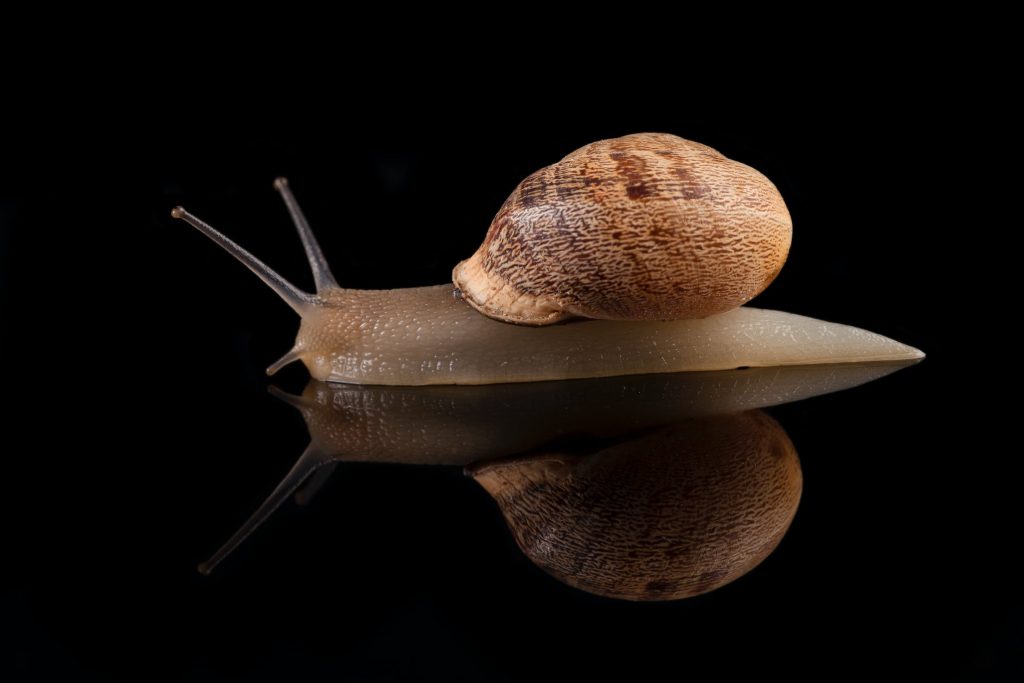
2. Diagnosis and Investigations
This is a far-fetched notion. Diagnosis and investigations are standard medical requirements just like any other medical field.
Yes, we may seem to have a conservative approach towards investigations because primarily homoeopathy is prescribed based on meticulous history taking, keeping an eye for peculiar symptoms which are individual in the case.
Investigations are done to arrive at a diagnosis, and to understand the prognosis and probable associated complications. So, let’s clear this notion by confirming that diagnosis and investigations are integral parts.
In modern medicine, investigations are done to confirm the clinical findings.
Many a times we have witnessed cases where the symptoms indicate a particular diagnosis, but investigations are yet to confirm it or sometimes they don’t support it.
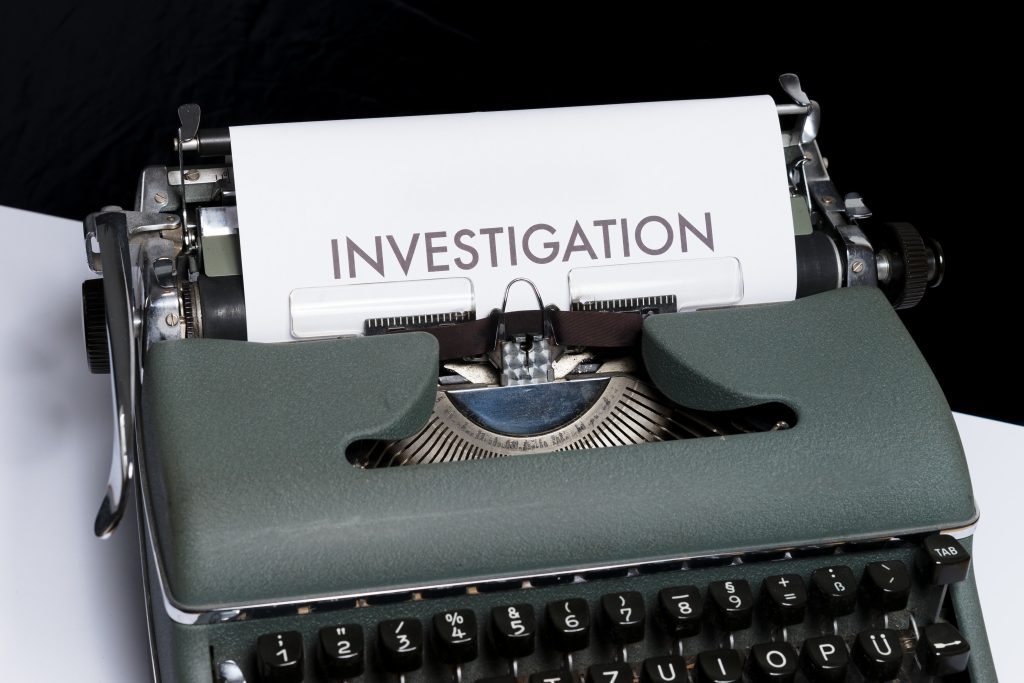
As a (random) example: A typical case of Malarial fever with Negative MP antigen test, will still be treated as per clinical findings and would be prescribed antimalarials.
Another example, let’s take of Covid-19. I have seen a lot of covid cases, with negative PTCR results. Covid, being endemic, was treated based on clinical findings in many cases. This is very often seen in other cases too.
Similarly, in Homoeopathy, prescriptions are made based on clinical knowledge backed by carefully selected medicine based on Homoeopathic principles.
Honestly, in conditions, which cannot be yet labelled or be diagnosed due lack of confirmative reports. Where the patients are asked to wait, Homoeopathy deals with it effectively.
It rightfully intervenes and often shows brilliant results. It not only understands the diagnosis but also prescribes based on individualization.
3. It is a Placebo
The critics have so often taken refuge in this concept and convinced themselves of homoeopathic medicines work as a “ghost”.
The imagination has gone so far beyond as many articles being published by reputed journals, focusing on the absence of material substance.
Homoeopathy has faced a lot of controversy because of lack of enough scientific research. The concept of “dilution” and “succussion” leads to drug dynamization and ultra dilution of the material substance of the actual homoeopathic remedy, where it practically seems absent to the scientific fraternity.
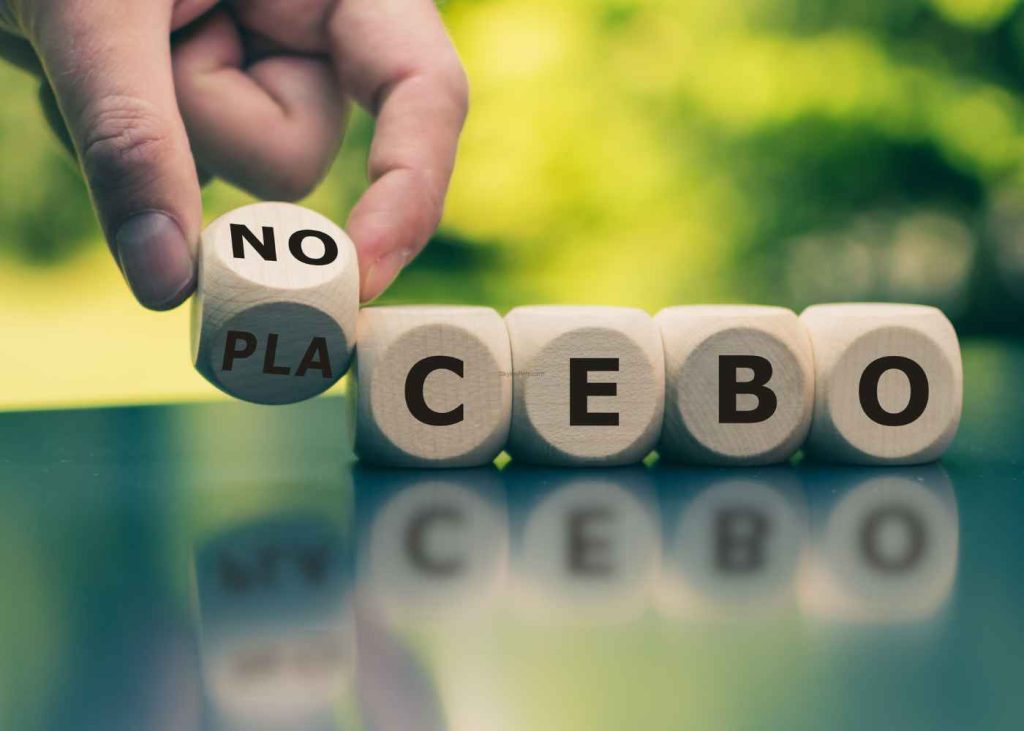
Due to which, the pure efficacy and effectiveness of homoeopathy has been ignored by them.
Now, we have data confirming the presence of the drug substance.
BARC and IIT-B in their research have published articles stating the presence of nanoparticles of the original substance in diluted homoeopathic medicines. Homoeopathy continues to gain persistent popularity against all odds.
4. Homoeopathy and Surgery
Like the MBBS, in BHMS too we study surgery.
There are cases where it helps pre- and post-surgery, but the point is, it is not an alternative to surgery.
Surgical conditions need to be treated by surgeries. Nevertheless, there have been few cases of piles, fissures, tonsillitis, nasal polyps, where homoeopathy has successfully averted surgery.
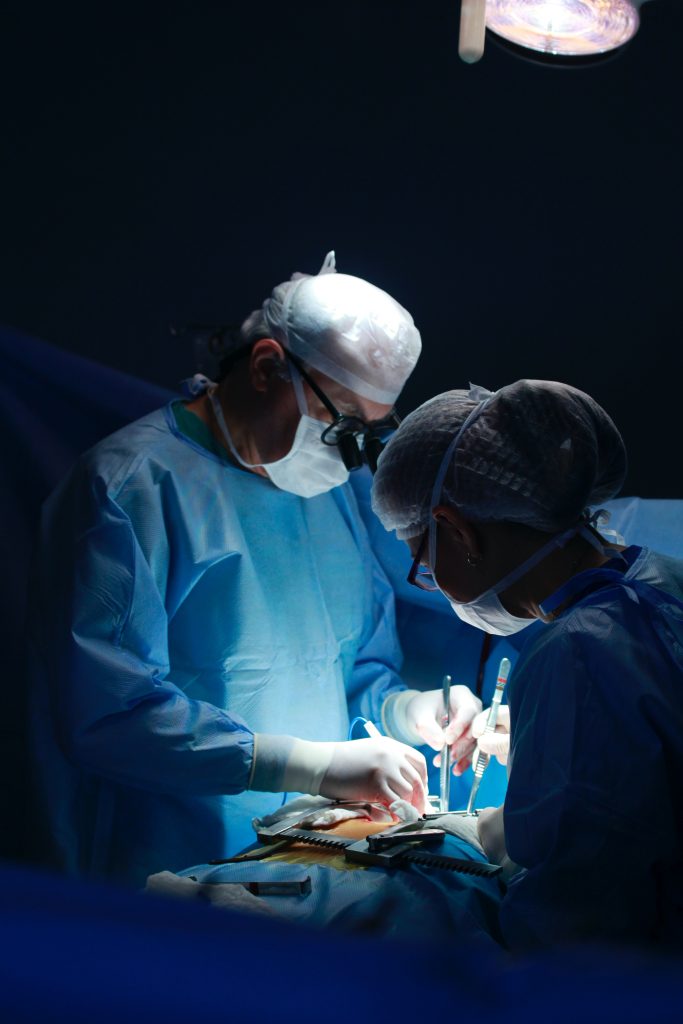
5. Homoeopathy Aggravates Diseases Before Curing
Not really. The whole idea is exaggerated more than it actually occurs. In rare occasions like in 5% of the cases, It might occur but it is said to follow with relief too.
When a homoeopathic remedy is the simillimum , which means an absolute match for the condition, it is said to increase the symptoms followed by gentle and lasting cure.
6. Homoeopathic Medicines Contain Steroids
Did you know, plants/animals/fungi contain steroids? Yes. Just by the name “steroid” we get misled. Fundamentally homoeopathic medicines do not contain steroids in them.
However, as homoeopathic medicines are prepared from natural sources, it may show presence of natural steroids in them.
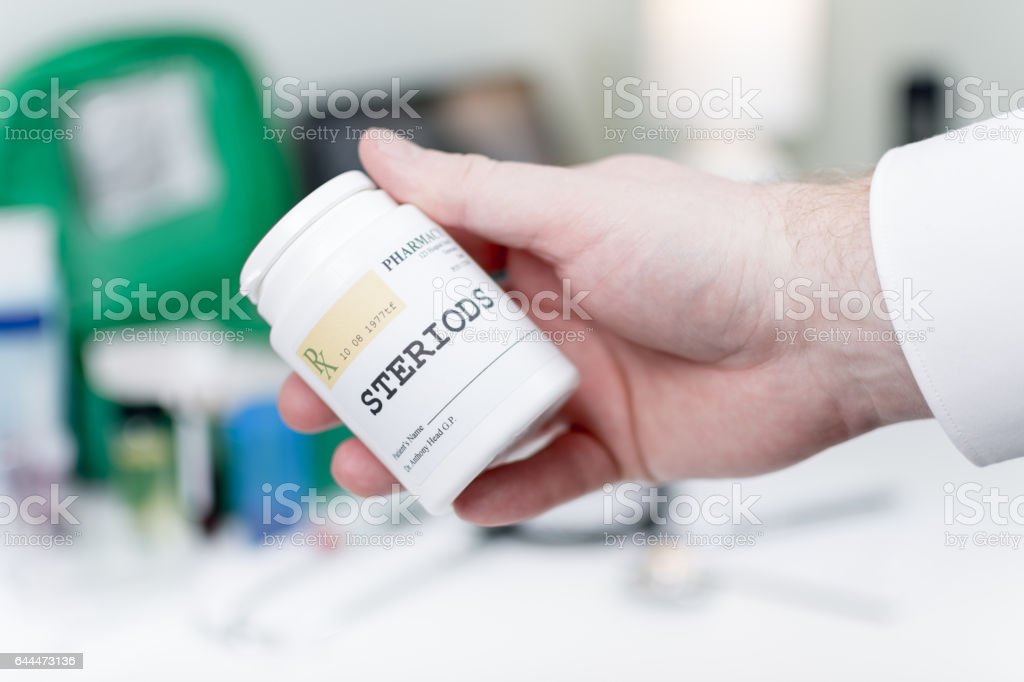
7. Homoeopathy Not Suitable for Acute/Advanced Medical Conditions
In acute conditions, the symptoms are usually very prominent and that makes it easier to assess the symptom totality.
It’s like- the cat is out of the basket! identifying the remedy becomes accurate. In homoeopathy, a simillimum is like bull’s eye. no matter what the condition is.
In Advance medical conditions, it is equally beneficial. It also helps to manage terminal cases with gentle and effective care. It has been very useful in treating side effects caused by chemotherapy/ radiotherapy.
Acute conditions like fever, diarrhea, migraine, injuries, pneumonia, dysmenorrhea etc have gained quick relief with accurately selected homoeopathic remedy. So it’s important to take guidance from a qualified homoeopathic physician.
Conclusion
Homoeopathy has proved to be an amazing source of healing in a most miraculous way. The in depth study of science keeps me in awe and yearning to know more and more, because this science is limitless and ever growing.
Its action cannot be measured, may be that’s what baffles the critics. The healing capacity of the medicine is beyond what can be seen under the microscope.
During our course of study, we learn many things, but now over more than two decades, I experienced what we read: health is not just absence of disease, it is mental, physical and emotional wellbeing. It’s not just the disease that we treat, but the whole person that is valued.
Yes! a series of scientific research in homoeopathy is welcome and it would certainly help to see consistent reproducible results to deal with scientific skepticism, but we need to accept that Homoeopathy has a unique concept of health. The school of thought behind a remedy selection and the approach may vary from doctor to doctor. With all the diversity that it faces, Homoeopathy will continue to be an art based on science.
